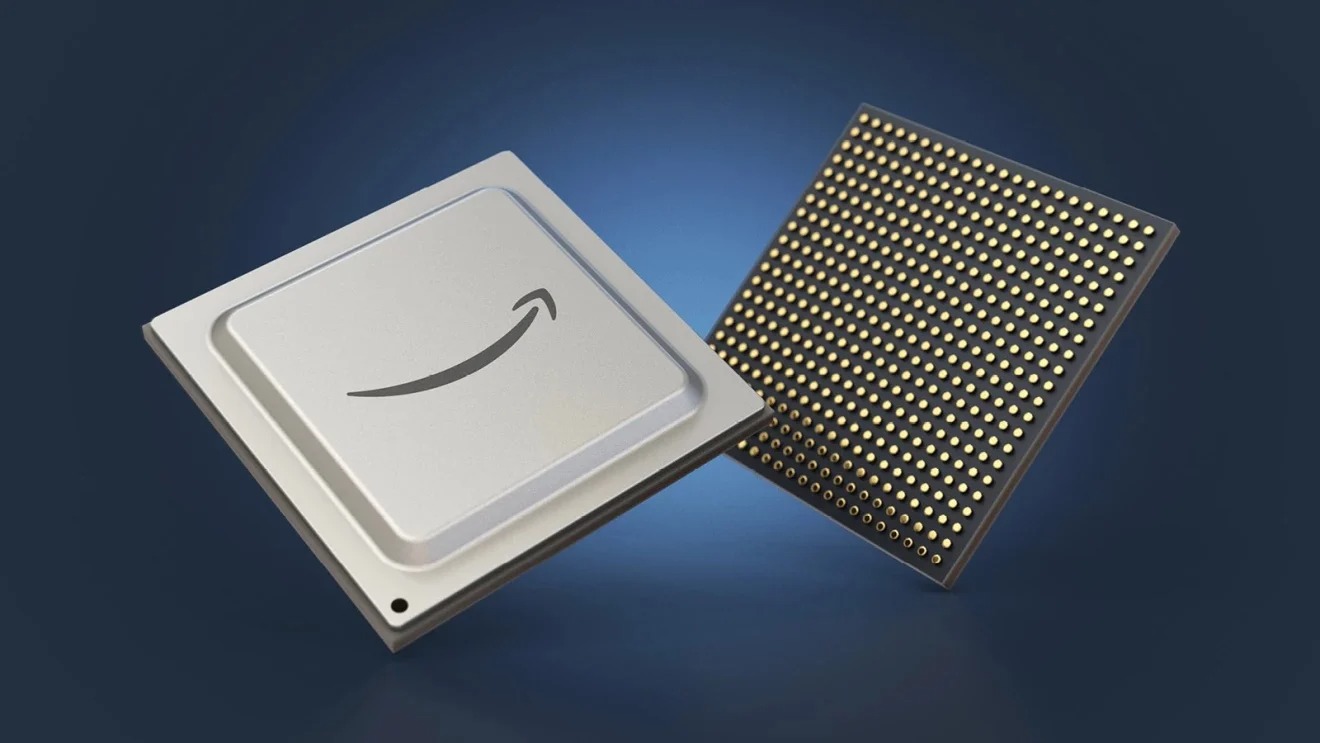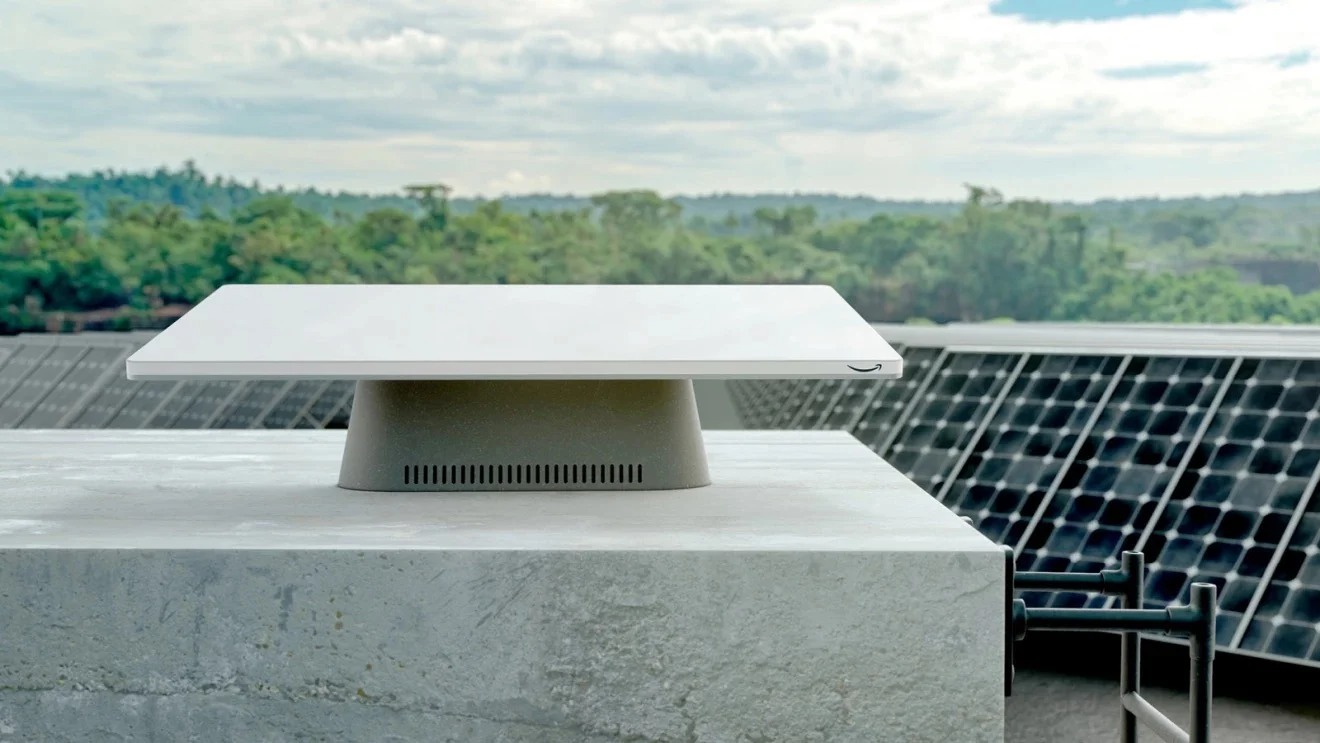SpaceX’s Starlink has a new competitor. Amazon presented a set for connecting to the satellite Internet as part of the Project Kuiper service. Amazon’s satellite Internet will use a group of small satellites to provide broadband services to customers around the world. But unlike Starlink, Project Kuiper will focus primarily on those regions that are not serviced or underserved by current Internet technologies.

As with Starlink, customers will also need a terminal to receive a broadband signal. But Amazon assures that their terminals will be lighter, more powerful and cheaper than SpaceX’s Starlink. All Project Kuiper terminals will run on their own processor called Prometheus.

The presented standard Amazon client terminal is 28 cm across and 3 cm thick. The terminal is capable of providing a connection speed to the world wide web up to 400 Mbit/s. Users will be offered a cheaper 7-inch model, but with an access speed of only 100 Mbps. For the corporate sector, telecommunications and government organizations where ultra-high speed is required, an antenna of 48×76 cm in size is offered, providing speeds up to 1 Gbit/s.

To push the Kuiper project to realization, Amazon aims to deploy its first two satellite prototypes during the first flight of the United Launch Alliance Vulcan Centaur rocket, which is scheduled for May. If the satellites work properly, mass deployment – similar to how SpaceX is deploying thousands of Starlink satellites – will begin in early 2024, and the Project Kuiper service will become available to the first customers later that year.
Earlier we reported on how OneWeb and Eutelsat are teaming up to confront SpaceX and Amazon.
According to Amazon
Follow us on Twitter to get the most interesting space news in time
https://twitter.com/ust_magazine

